What are Diecast Model Vans?
Diecast model vans are miniature replicas of real-life vans, meticulously crafted from diecast metal, usually zinc alloy. These models are prized by collectors and enthusiasts for their detail, authenticity, and historical significance. They range in size, scale, and complexity, offering a vast world of collecting opportunities. The production process often involves injecting molten metal into molds, resulting in highly detailed and durable models. The level of detailing can vary, from basic representations to incredibly accurate reproductions featuring opening doors, detailed interiors, and realistic paint jobs. These models offer a tangible connection to automotive history and design, appealing to both casual admirers and serious collectors.
The History and Evolution of Diecast Model Vans
The history of diecast model vans mirrors the broader evolution of diecast model manufacturing. Early diecast models emerged in the early 20th century, initially as toys, but rapidly evolved in detail and accuracy. The post-World War II era witnessed a surge in diecast model production, driven by advancements in manufacturing techniques and increased consumer interest. Companies like Dinky Toys, Corgi, and Matchbox pioneered the production of diecast vehicles, including vans, which gained popularity alongside cars and trucks. Over time, diecast model vans have become increasingly sophisticated, with manufacturers focusing on replicating every detail of the original vehicles. This evolution reflects the increasing sophistication of manufacturing processes and the growing demand for realistic and accurate models among collectors and enthusiasts. The market now includes a wide range of historical and contemporary vans, providing collectors with a diverse selection.
Popular Scale and Brands
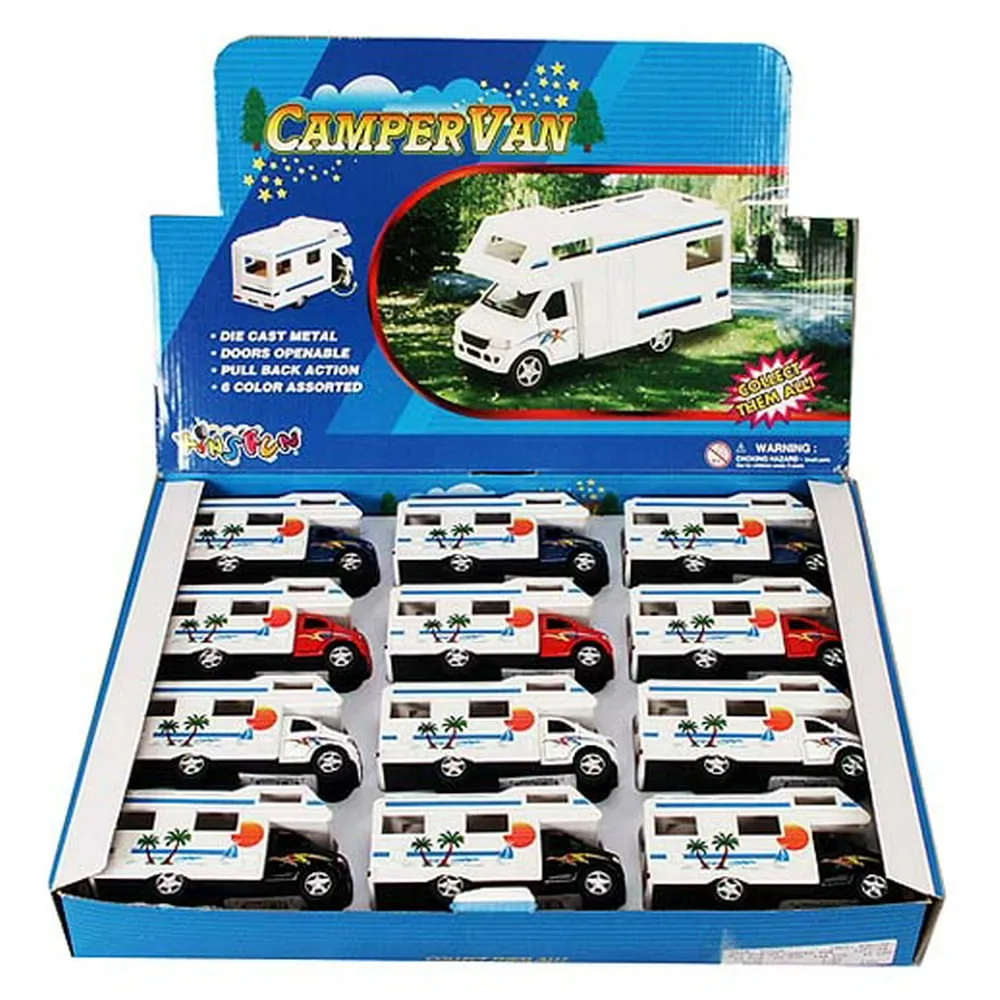
Diecast model vans are available in various scales, each offering a different level of detail and collectibility. Popular scales include 1:18, 1:24, and 1:43, which represent the ratio of the model’s size to the actual vehicle’s size. 1:18 scale models are generally larger, allowing for greater detail, while 1:43 scale models are more compact, making them easier to display and collect in larger numbers. Brands such as Minichamps, Autoart, and CMC are highly regarded for their high-quality models, often featuring intricate details, accurate paintwork, and opening parts. Other notable brands like Hot Wheels and Matchbox offer a wider range of more affordable options, perfect for casual collectors. The choice of scale and brand often depends on personal preferences, collecting goals, and available display space. Understanding the differences between scales and brands can significantly enhance the collecting experience.
1/18 Scale Model Vans
1/18 scale diecast model vans are prized for their impressive size and level of detail. These models typically feature opening doors, hoods, and sometimes even removable interiors. The larger scale allows for intricate detailing of the engine, interior, and exterior features, providing a highly realistic representation of the original van. Collectors often appreciate the tactile experience of handling these larger models and examining the fine details. Due to their size, 1/18 scale models are often displayed individually, making them a focal point in a collection. High-quality 1/18 models are often manufactured by premium brands, and they can be more expensive, reflecting the increased detail and craftsmanship involved.
1/24 Scale Model Vans
1/24 scale models offer a balance between detail and size, making them a popular choice for many collectors. They are typically smaller than 1/18 scale models, but they still provide a good level of detail, including opening doors and detailed interiors. This scale is often favored for its versatility, allowing collectors to display multiple models in a smaller space. The range of available models in this scale is vast, with many different van types available. 1/24 scale models often strike a balance between affordability and quality, making them a great entry point for new collectors or a great way to expand an existing collection without taking up too much space.
1/43 Scale Model Vans
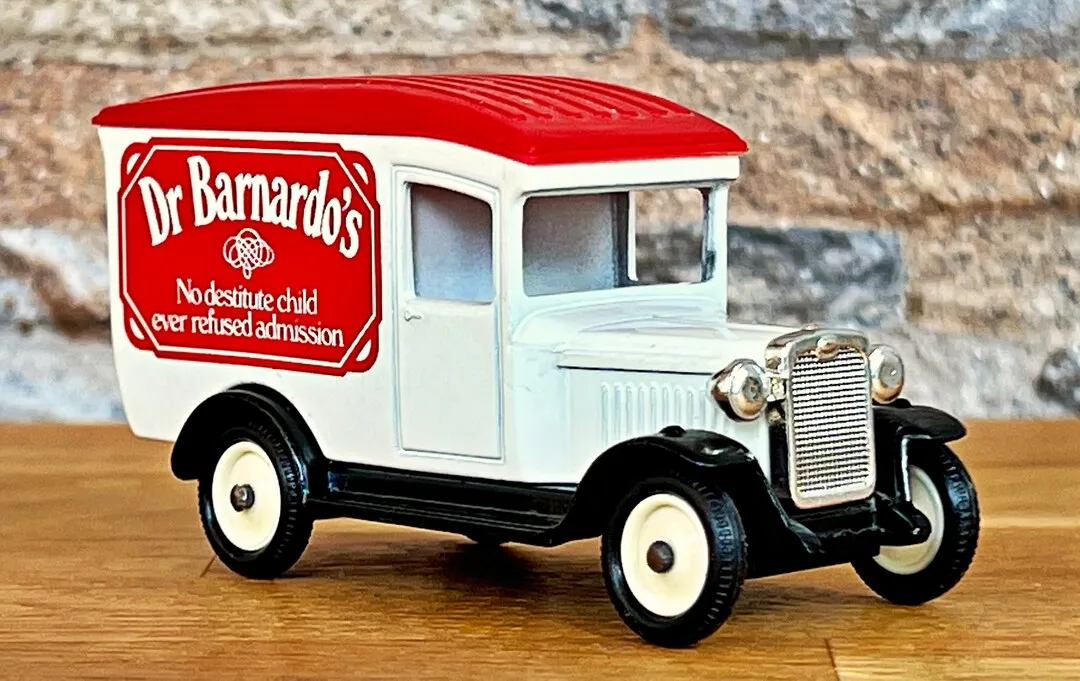
1/43 scale diecast model vans are the smallest of the commonly collected scales, allowing for a larger number of models to be displayed in a relatively compact space. While the smaller size limits some of the finer details, these models still offer impressive accuracy and collectibility. The 1/43 scale is often preferred by collectors who enjoy assembling diverse collections or recreating specific scenes. Many manufacturers produce 1/43 models, resulting in a wide variety of van models, often including rare or historically significant vehicles. These models are also generally more affordable, making them accessible to a wider range of collectors. They are an excellent choice for building a comprehensive collection.
Top 7 Collectible Diecast Model Vans
Identifying the ’top’ collectible diecast model vans is subjective, but some models consistently rank high among enthusiasts for their historical significance, detail, and rarity. Here are 7 of the most sought-after models:
1960s Volkswagen Type 2 T1
The Volkswagen Type 2 T1, also known as the ‘Bus’ or ‘Kombi’, is an iconic vehicle, making its diecast model versions highly sought after. These models capture the charm and nostalgia of the 1960s. The models are often found in various colors and configurations, representing different eras and uses of the original van. Collectors value the T1 for its historical significance and the opportunity to own a miniature piece of automotive history. The level of detail, particularly on the early models, is often remarkable, with accurate representations of the engine, interior, and exterior features.
1970s Ford Transit Mk1
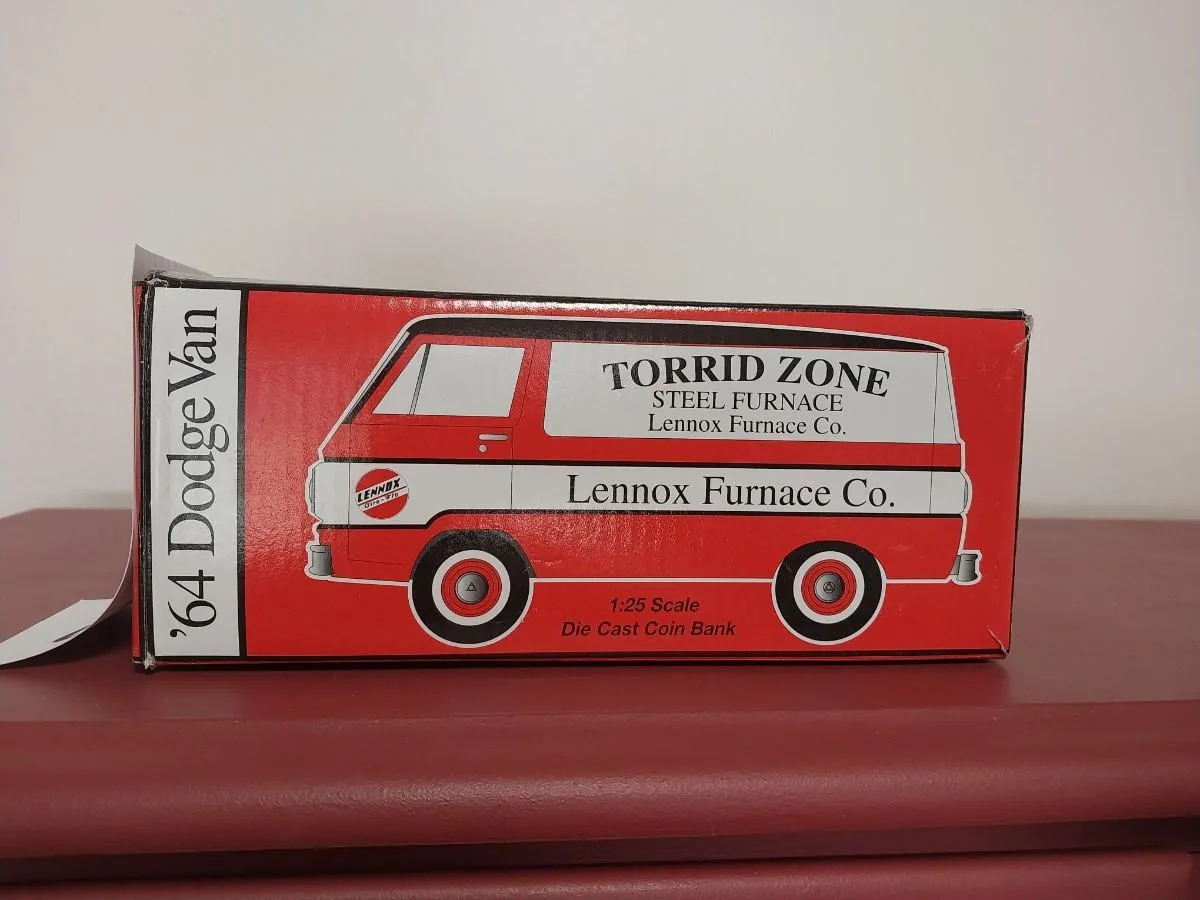
The Ford Transit Mk1 is another popular choice for diecast collectors due to its role as a workhorse and its classic design. These models often showcase the Transit’s practical and utilitarian nature, with accurate details of the bodywork, wheels, and interior. Collectors are drawn to its rugged appearance and the representation of the everyday vehicle. The models are available in various versions, including delivery vans, and other specialized configurations. The Transit Mk1 often represents a significant period in automotive history, making it highly desirable for those who appreciate both the practical and the classic.
Mercedes-Benz L319
The Mercedes-Benz L319, a classic van from the mid-20th century, is another top collectible. These models often feature intricate detailing, reflecting the elegance and sophistication of the original vehicle. Collectors are drawn to the L319 for its historical importance and stylish design. The models are often available in various liveries and configurations, showcasing the versatility of the original van. The craftsmanship and detail often reflect Mercedes-Benz’s engineering, making it a prized possession for any collector of diecast models.
Chevrolet G-Series Van
Chevrolet G-Series vans have significant appeal for diecast collectors, reflecting the popularity of these vans during the 1960s and onward. They are often detailed to represent different trim levels and custom builds, and also serve as pop-culture icons. The models, which often include options such as custom wheels, interiors, and paint schemes, reflect the van culture and its wide appeal. The Chevrolet G-Series models offer a piece of American automotive history and are a favorite among collectors.
Citroën HY Van
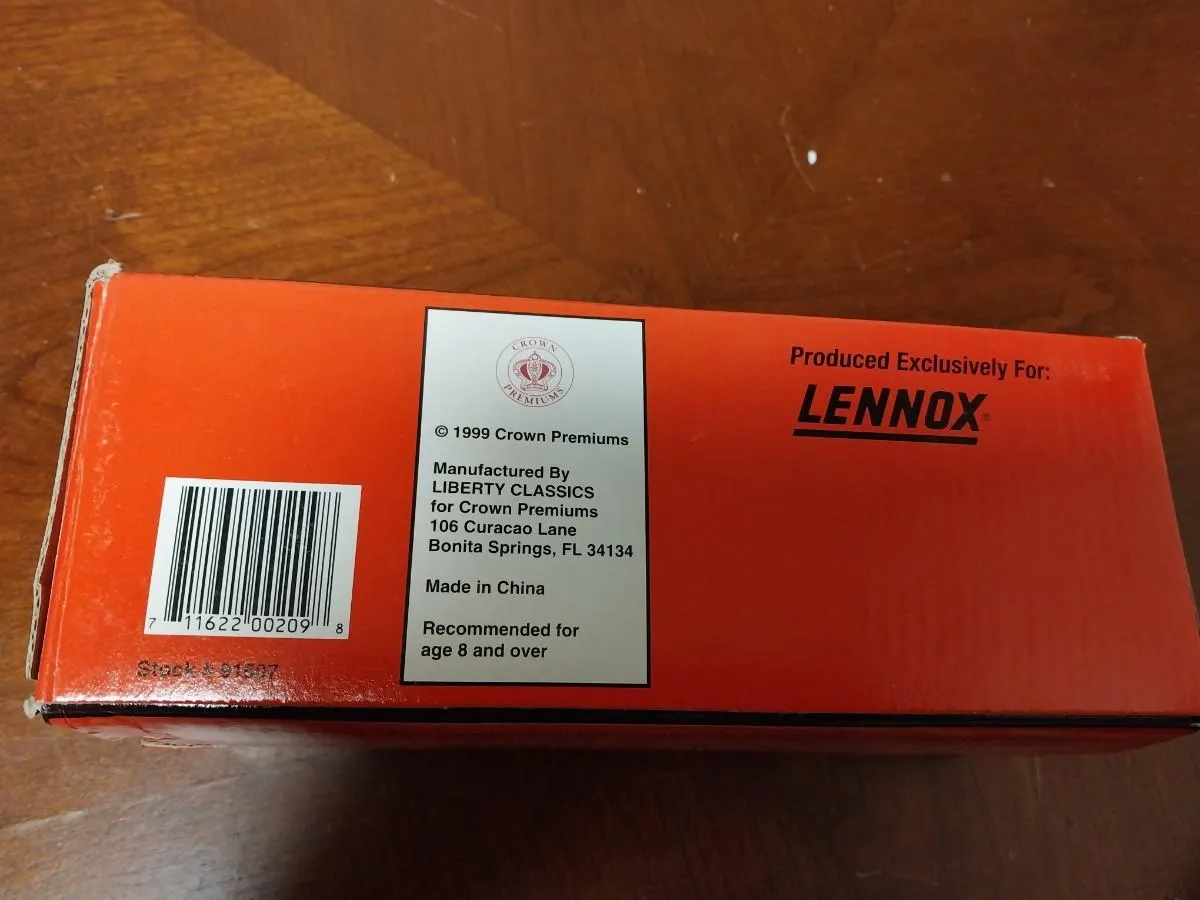
The Citroën HY van, with its distinctive corrugated bodywork, is a unique and highly sought-after model. The models are typically faithful to the original van, showcasing its practical design. The collectors often seek this model for its distinctive look and cultural significance. These models are commonly available in a variety of liveries, representing the many uses of the HY, and are valuable additions to any diecast collection.
Toyota Hiace
Toyota Hiace diecast models are becoming increasingly popular, reflecting the van’s global popularity. These models often capture the simplicity and reliability of the original vehicle. The Toyota Hiace models often feature details that reflect the real-world van’s durability and functionality. Collectors value the models for their representation of a widely used van. They also offer a range of variations including different model years, paint schemes, and accessory configurations.
Ford Econoline
The Ford Econoline is an iconic American van that has consistently captured the attention of collectors. These models reflect a range of configurations and time periods, from vintage models to more modern versions. Collectors seek these models for the representation of this classic American vehicle. Often, the detailing and variety of liveries available make them highly sought after additions to any collection.
Factors That Affect Collectibility

Several factors influence the collectibility of diecast model vans. Understanding these factors can help collectors identify valuable models and make informed purchasing decisions. These factors include rarity, condition, detailing, and brand.
Rarity and Limited Editions
The rarity of a diecast model van significantly impacts its value. Limited edition models, produced in small quantities, are highly prized by collectors. These models may be unique in terms of paint schemes, detailing, or features. Production runs are usually detailed on the packaging and the lower the number, the more valuable the model. Limited editions are often released to commemorate special events, anniversaries, or partnerships, adding to their desirability and value. Models that are no longer in production or have become difficult to find are also considered rare.
Condition and Detailing
The condition of a diecast model van is a critical factor in determining its value. Models in mint condition, with no scratches, dents, or paint imperfections, are highly sought after. Collectors often look for models that have been well-preserved, preferably still in their original packaging. Detailing also plays a key role. Models with intricate detailing, such as opening doors, detailed interiors, and accurate paint jobs, are more valuable than those with simpler designs. The closer the model is to the original vehicle, the more valuable it is likely to be.
Brand and Historical Significance
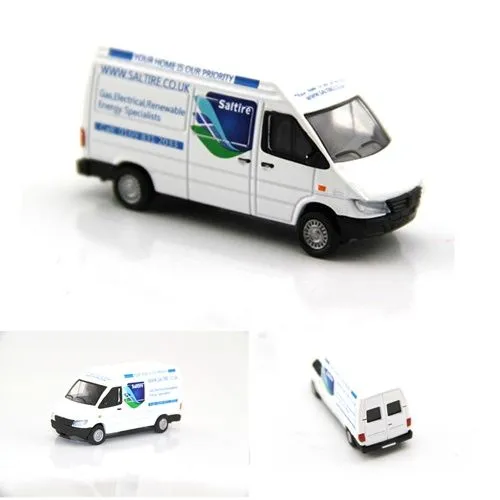
The brand and historical significance of a diecast model van influence its collectibility. Models from well-known and respected manufacturers, such as Minichamps, Autoart, and CMC, are often highly sought after. These brands are known for producing high-quality models with exceptional detailing and craftsmanship. Models of historically significant vans, such as those used in popular films, or those that represent a particular era or cultural movement, are also highly desirable. The history of the van itself, and how it fits into the bigger picture, adds to the overall value.
Where to Buy Diecast Model Vans
Diecast model vans can be found through various channels, providing collectors with several options for acquiring their desired models. From online marketplaces to specialized shops and model shows, collectors have many avenues to explore.
Online Marketplaces
Online marketplaces, such as eBay, offer a vast selection of diecast model vans. These platforms often provide a wide range of models, including new, used, and rare items. Collectors can browse listings from various sellers, compare prices, and read reviews. It is important to carefully evaluate the seller’s reputation and the model’s condition before making a purchase. Detailed pictures and descriptions are essential when buying online. Be aware of potential shipping costs and import duties, especially when buying from international sellers.
Specialty Diecast Shops
Specialty diecast shops offer a curated selection of models, providing collectors with the opportunity to see the models in person and get expert advice. These shops often carry a range of brands and scales, allowing collectors to browse and compare models. Staff members can provide valuable insights into the models, their history, and their value. Visiting a specialty shop can be a great way to discover new models and expand a collection. Many shops also have online stores, enabling customers to shop from anywhere.
Model Shows and Conventions
Model shows and conventions are excellent places to find diecast model vans. These events bring together collectors, dealers, and manufacturers, providing a chance to buy, sell, and trade models. Model shows often feature a wide variety of models, from common releases to rare and hard-to-find items. They provide an opportunity to connect with other collectors, learn about new models, and discover hidden gems. Attending model shows is a great way to immerse oneself in the hobby and find unique models for your collection.
Caring for Your Collection
Proper care and maintenance are essential for preserving the value and appearance of a diecast model van collection. These practices help protect your models from damage and ensure they remain in excellent condition for years to come. Regular care helps ensure the longevity and beauty of the models.
Displaying Your Diecast Vans
Displaying your diecast model vans in a suitable environment is important for protecting them from dust, sunlight, and other environmental factors. Display cases, shelves, and cabinets provide a safe and aesthetically pleasing way to showcase your collection. Avoid direct sunlight, which can fade the paint and damage the models. Consider using a dust cover or enclosing your collection in a glass case to prevent dust accumulation. Arrange your models in an appealing way to showcase their details and enhance their visual appeal. A well-organized display will make the collection look even more beautiful.
Cleaning and Maintenance
Regular cleaning and maintenance help keep your diecast model vans in top condition. Dusting your models regularly with a soft brush or microfiber cloth prevents dust accumulation. Avoid using harsh chemicals or abrasive cleaners, which can damage the paint and details. For more thorough cleaning, use a mild soap solution and a soft cloth. Allow the models to air dry completely before returning them to their display. Checking for any loose parts or damage regularly will help you catch problems early and prevent more significant issues. Always handle models with care to prevent scratches and damage, protecting your investment and ensuring the longevity of the collection.
